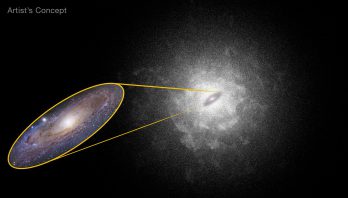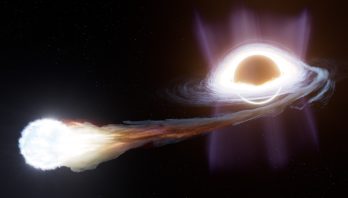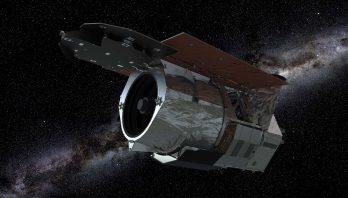
NASA’s Roman Space Telescope to Investigate Galactic Fossils
The universe is a dynamic, ever-changing place where galaxies are dancing, merging together, and shifting appearance. Unfortunately, because these changes ...

NASA’s Roman Space Telescope Could Help Researchers Detect the Universe’s First Stars
The first stars to form in the universe were very different from our Sun. Known to astronomers (somewhat paradoxically) as ...

WFIRST Telescope Named For ‘Mother of Hubble’ Nancy Grace Roman
Today, NASA announced that it is naming its next-generation space telescope, the Wide Field Infrared Survey Telescope (WFIRST), in honor ...
